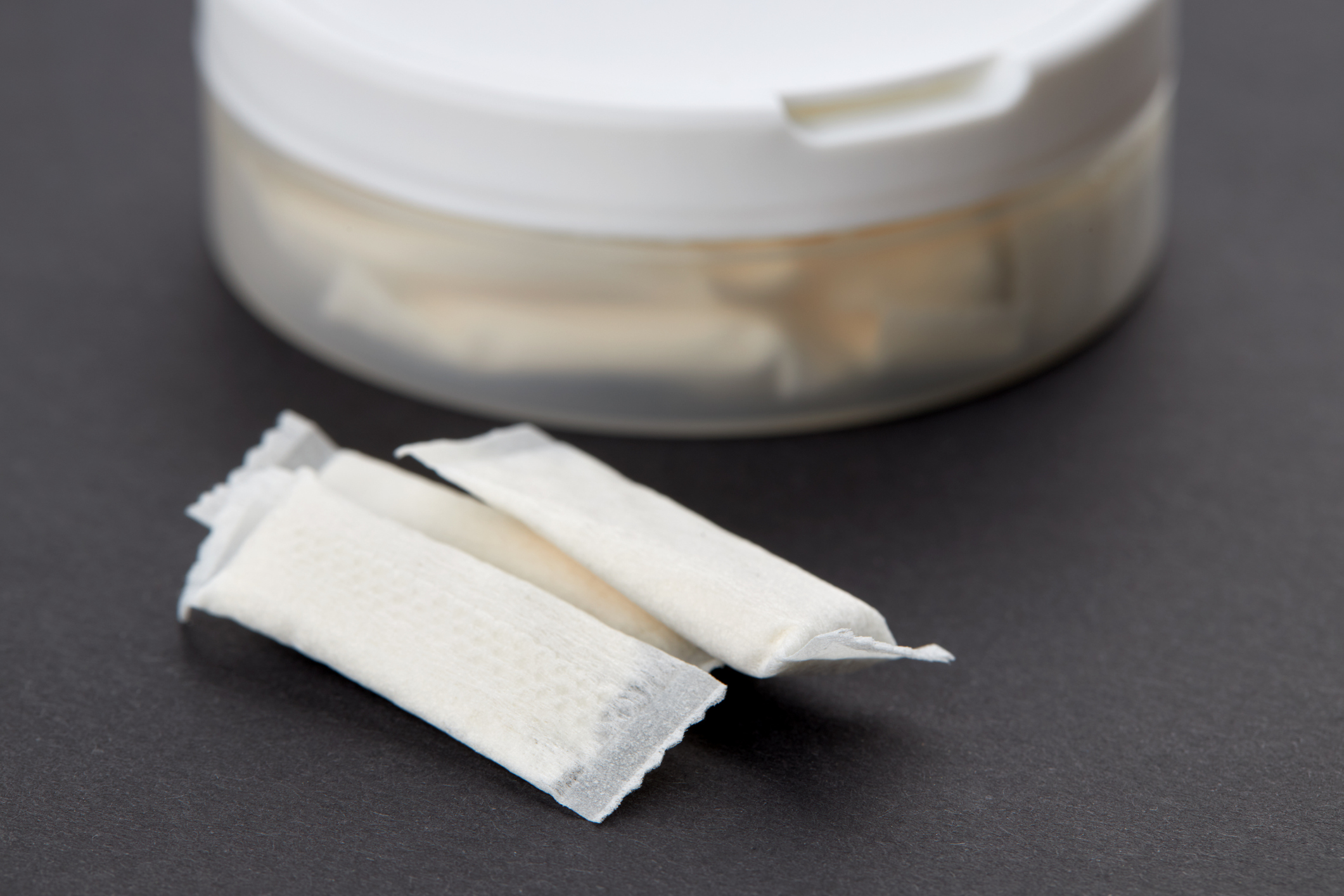Nicotine pouches are exciting products that can help support worldwide tobacco harm reduction. However, the current understanding and support for them differs across countries, with regulatory...
Modern Oral Nicotine Products need clear regulatory frameworks to thrive
Nicotine

Jul 7, 2022 | Published by Dr. Nveed Chaudhary
Nicotine
Modern Oral Nicotine Products (MONPs) are another exciting product innovation that can support the cause of worldwide tobacco harm reduction. However, the current understanding and support for these products differ across countries, and the regulatory frameworks in many markets are still unclear. This uncertainty could reduce investment in the category just at a time when consumer interest and sales are growing.
General picture for MONPs
Whilst the modern oral nicotine pouch sector is expected to grow in all key international markets over the next few years, regulatory support for such products is still very fragmented. In many countries, such as Canada, Germany, Norway, Russia, and Australia, MONPs are banned as consumer products and only available as pharmaceutical products.
However, in the US, where MONPs are included within the Premarket Tobacco Product Application (PMTA) regulatory framework, the market is predicted to see the highest level of growth of anywhere in the world over the next few years. According to Tobacco Intelligence data, the market size is predicted to increase by over three billion dollars from 2021 to 2025.
Regulatory picture for MONPs - US
Tobacco-derived MONPs were included in the Premarket Tobacco Product Application process by US Food and Drug Administration (FDA)’s in 2016. This created a regulatory loophole for synthetic nicotine products. Unsurprisingly there has been a significant rise in the number of synthetic nicotine MONPs launched on the US market.
Recent regulatory changes this year by the FDA have brought synthetic nicotine products into the PMTA process, with manufacturers required to submit PMTAs within an extremely short 60-day period by May 14th, 2022. They are now awaiting the outcome of these applications.
By July 14th, 2022, we will find out whether the FDA will, in acknowledgment of the short timescale granted for synthetic nicotine PMTA applications, allow time for manufacturers to complete additional planned studies to demonstrate the appropriateness of their product for the protection of the public health (APPH). The alternative is that they will order all synthetic nicotine products removed from the market until such studies are completed.
The closing of the synthetic nicotine loophole has provided clarity that FDA doesn’t recognize any difference between tobacco-derived nicotine and synthetic nicotine. However, it will require a period of adjustment for manufacturers who created synthetic nicotine products that are now subject to the PMTA process.
Regulatory picture for MONPs - Europe
Currently, MONPs are not regulated under the European Tobacco Product Directive (TPD). It has been suggested that MONPs may be assessed as part of the third iteration of the directive, TPD3, however, this has not been confirmed, and currently, these products are outside the scope of TPD legislation. The timeline and detail of future Tobacco Product Directive (TPD) requirements are yet to be confirmed.
Initially, the proposed target deadline for TPD3 set by the European commission was May 2021. However, this has been pushed back. Although not confirmed, it has been suggested that a more realistic date for discussions to start is in 2022, with an aim to finalize the legislation before the European parliament elections in 2024.
The regulatory situation may be further complicated by individual EU member states adding their own local interpretation of the TPD3 regulations in addition to European-wide requirements if MONPs are included in the Directive.
Regulatory picture for MONPs - UK
MONPs are currently unregulated in the UK. Most advocates for tobacco harm reduction would agree that some level of regulation is needed to control the quality of products on the market, protect consumers and ensure an efficacious, consistent user experience. One possibility is that the UK could adopt future TPD3 legislation.
The UK government, having set out an ambitious target for England to be smoke-free by 2030, will probably need MONPs to help deliver this and therefore require a regulatory framework that helps drive smokers to reduced-risk products.
A move by UK regulators to allow products through the consumer route at a higher dosage than the current 20mg/ml would also support the smoke-free future ambition.
MONPs' role in tobacco harm reduction
MONPs are a welcomed innovation to support tobacco harm reduction. As the products do not contain tobacco and, most importantly, don’t involve the combustion of tobacco or the heating of any ingredients. Therefore, they are considered lower risk within the tobacco risk continuum
Scientific studies indicate that MONPs present a lower level of risk than vaping products and are considered a similar risk to licensed Nicotine Replacement Therapies (NRTs) s such as nicotine patches and lozenges. Whilst often containing only pharmaceutical-grade ingredients, MONPs are an extremely reduced-risk way of delivering nicotine.
Nicotine pouches are often considered ‘crude’ products compared to e-cigarettes and heated tobacco products. However, they have a high potential for reducing smoking rates on a global scale when considering the challenges associated with cost and infrastructure within low and middle-income countries.
There is also significant innovation taking place in MONPs development. One example of new nicotine pouch technology highlighted at the recent Global Nicotine Forum (GFN) from Amplicon introduces bio-ceramic technology to create a sustained release of nicotine.
MONPs - How Broughton can help
MONP manufacturers will soon receive clarity regarding synthetic nicotine products on the US market. Given the incredibly short timescale given to manufacturers for synthetic nicotine MONP PMTA submissions, Market Authorizations (MAs) will not be granted at this stage and additional data submissions will be needed. If a grace period is granted to collect more data, then manufacturers need to grasp the opportunity.
Having supported several manufacturers that have received Marketing Authorizations and Marketing Denial Orders (MDOs) for PMTA applications, Broughton is in a unique position to understand where the bar has been set by FDA. Through the application outcomes received, we have also strengthened our understanding of what is needed to demonstrate APPH and have validated scientific methods for measuring the chemistry of MONPs.
To discuss gaining regulatory compliance for modern oral nicotine products, contact us to book a meeting with our Scientific Consultancy team.
If you would like to learn more about PMTAs for next generation products (NGPs), download our guide below:
Can we help you?
Broughton is an independent life sciences contract research organization serving a global roster of clients from the UK, Europe, North America, the Middle East, Asia, and Australia. We offer high-quality in-house analytical testing services integrated with scientific consultancy and global regulatory support. Our in-house laboratory testing facilities are GMP compliant and ISO/IEC 17025 accredited. We are regularly inspected by the Medicines and Healthcare products Regulatory Agency (MHRA), the US Food and Drug Administration (FDA), and the United Kingdom Accreditation Service (UKAS).
With over 15 years of scientific experience and a world-leading team of scientific and regulatory consultants, we support our partners in bringing innovative products to market to deliver better health outcomes.
Book a meeting with us today to discuss your requirements.



